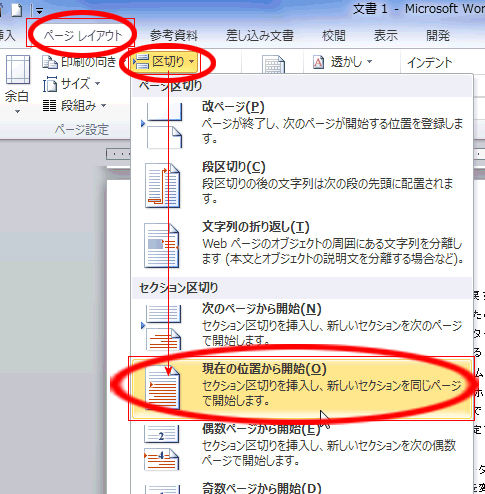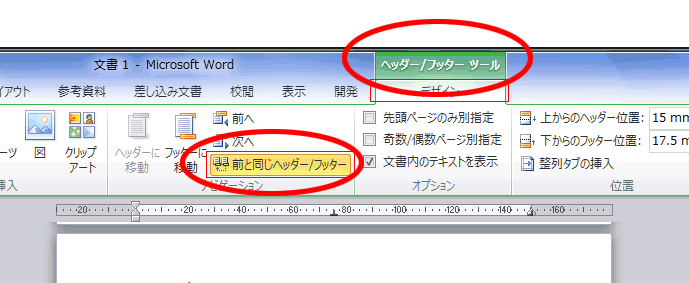HTML5 Reset Stylesheet
Monday, July 27th, 2009 by Richard Clark.
We’ve had a number of people ask about templates, boilerplates, and styling for HTML 5. Last week, Remy introduced some basic boilerplates for HTML 5, so to keep the momentum going, I’ve modified Eric Meyer’s CSS reset for you to use in your HTML 5 projects.
The code
Let’s start with the complete CSS stylesheet:
/*
html5doctor.com Reset Stylesheet
v1.6.1
Last Updated: 2010-09-17
Author: Richard Clark – http://richclarkdesign.com
Twitter: @rich_clark
*/
html, body, div, span, object, iframe,
h1, h2, h3, h4, h5, h6, p, blockquote, pre,
abbr, address, cite, code,
del, dfn, em, img, ins, kbd, q, samp,
small, strong, sub, sup, var,
b, i,
dl, dt, dd, ol, ul, li,
fieldset, form, label, legend,
table, caption, tbody, tfoot, thead, tr, th, td,
article, aside, canvas, details, figcaption, figure,
footer, header, hgroup, menu, nav, section, summary,
time, mark, audio, video {
margin:0;
padding:0;
border:0;
outline:0;
font-size:100%;
vertical-align:baseline;
background:transparent;
}
body {
line-height:1;
}
article,aside,details,figcaption,figure,
footer,header,hgroup,menu,nav,section {
display:block;
}
nav ul {
list-style:none;
}
blockquote, q {
quotes:none;
}
blockquote:before, blockquote:after,
q:before, q:after {
content:”;
content:none;
}
a {
margin:0;
padding:0;
font-size:100%;
vertical-align:baseline;
background:transparent;
}
/* change colours to suit your needs */
ins {
background-color:#ff9;
color:#000;
text-decoration:none;
}
/* change colours to suit your needs */
mark {
background-color:#ff9;
color:#000;
font-style:italic;
font-weight:bold;
}
del {
text-decoration: line-through;
}
abbr[title], dfn[title] {
border-bottom:1px dotted;
cursor:help;
}
table {
border-collapse:collapse;
border-spacing:0;
}
/* change border colour to suit your needs */
hr {
display:block;
height:1px;
border:0;
border-top:1px solid #cccccc;
margin:1em 0;
padding:0;
}
input, select {
vertical-align:middle;
}
So what’s new?
Quite a bit! The next few sections explain what I changed and why I changed it.
The basics
I started by removing elements that have been deprecated from the HTML 5 specification, like , and . (We’ll cover deprecated elements in more detail in another post). I also added new HTML 5 elements, like and, in order to remove any default padding, margin, and borders. I’ve also added an explicit display:block property for elements that are required to render as blocks.
I also removed the explicit unstyling of the :focus pseudo-class. There are two reasons for this. First, by declaring outline:0, you remove the focus identifier for keyboard users. Second, Eric released his stylesheet in good faith that people would explicitly style :focus, but they generally don’t, so it’s safer to leave the default :focus styles in place. (I also set defaults for , since I don’t think that got updated very often either.)
I’ve left the default list styles in place simply as a personal preference. I tend to add the list style back when using Eric’s reset anyway. I have, however, included nav ul {list-style:none;} to remove those pesky bullets from your navigation.
Using attribute selectors
You’ll notice that I’ve included attribute selectors for and . This way, the style will only appear if there is a title attribute on the element. This is primarily for accessibility. For example, we use regularly on this site but don’t always include a title attribute. We think it’s safe to assume all of our readers (no matter what device they’re using) know what HTML stands for. We do still use the element to make sure screen readers read the text as H-T-M-L rather than struggling to pronounce “HTML”.
What’s that bit about mark?
is a new element introduced in HTML 5 used to (you guessed it) mark text in a document. According to the spec: ““The mark element represents a run of text in one document marked or highlighted for reference purposes, due to its relevance in another context.””. I anticipate it will be used for highlighting phrases in search results and other similar purposes. We’ll post more on soon.
Where are all those application elements?
Application elements is a term I’ve loosely used to describe elements like menu, etc. These elements are more likely found in web apps than web sites. I left these out since, at the time of writing, browsers implement barely any of what was “Web Applications 1.0″. Also, this stylesheet is intended primarily for authors serving their pages as text/html, not XML.
Go grab it
The stylesheet is released under a Creative Commons license in the public domain, so you can use it for both personal and commercial work. I thought I’d let Google take care of the hosting, so go grab it from Google Code and let us know about any improvements you make!



